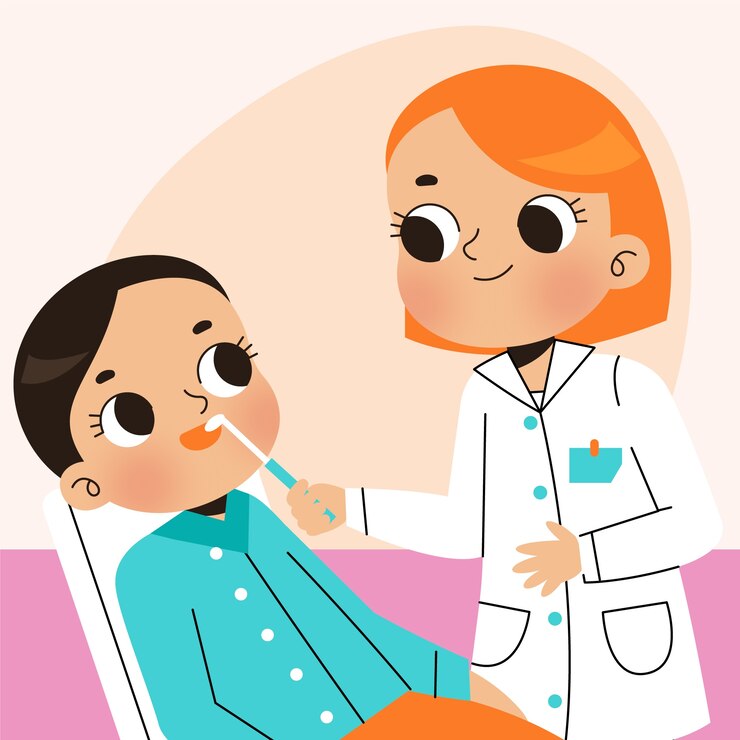
Oral Thrush in Infants: Understanding Causes, Symptoms, and Treatment Approaches
Seeing your little one with oral thrush can be concerning, but it’s a common condition in infants that can be effectively treated. In this blog, we’ll explore the causes, symptoms, and treatment approaches for oral thrush in infants, providing parents with valuable information to help their baby feel better.
Causes of Oral Thrush in Infants
Oral thrush in infants is typically caused by the overgrowth of Candida yeast in the mouth. Several factors can contribute to this overgrowth, including:
- Immature Immune System: Newborns and young infants have developing immune systems, making them more susceptible to infections like oral thrush.
- Birth Canal Transmission: Infants can acquire Candida yeast during childbirth if the mother has a vaginal yeast infection.
- Breastfeeding: Candida yeast can also be passed from a mother’s nipples to her baby’s mouth during breastfeeding, especially if the mother has nipple thrush.
Symptoms of Oral Thrush in Infants
Identifying oral thrush in infants can be challenging, but common symptoms include:
- White Patches: White patches on the tongue, inner cheeks, gums, or roof of the mouth are characteristic of oral thrush. These patches may resemble cottage cheese and can be difficult to wipe away.
buy semaglutide online https://greendalept.com/wp-content/uploads/2023/04/png/semaglutide.html no prescription pharmacy
- Irritability: Infants with oral thrush may be irritable or fussy, especially during feedings.
- Difficulty Feeding: Oral thrush can cause discomfort or pain while feeding, leading to feeding difficulties or refusal.
- Diaper Rash: In some cases, oral thrush may be accompanied by a diaper rash caused by Candida yeast overgrowth in the diaper area.
Treatment Approaches
Treating oral thrush in infants typically involves antifungal medications and good hygiene practices:
- Antifungal Oral Gel: Your pediatrician may prescribe an antifungal oral gel, such as nystatin, to apply directly to the affected areas in your baby’s mouth. Follow the prescribed dosage and application instructions carefully.
- Hygiene Practices: Keep your baby’s mouth clean and dry by gently wiping away any milk residue or saliva with a clean cloth after feedings. Sterilize pacifiers and bottle nipples regularly.
buy super kamagra online https://greendalept.com/wp-content/uploads/2023/04/png/super-kamagra.html no prescription pharmacy
- Breastfeeding Considerations: If you’re breastfeeding and have nipple thrush, seek treatment for yourself to prevent reinfection of your baby’s mouth. Wash your hands before and after breastfeeding, and air-dry your nipples after feedings.
Conclusion
While oral thrush in infants can be concerning, it’s usually treatable with antifungal medications and good hygiene practices. By understanding the causes, recognizing the symptoms, and seeking prompt treatment, parents can help their little ones feel better and recover from oral thrush.
To seek medical advice, always consult a Doctor.
Here are our recommended EXPERTS. Click here
To read more on ORAL CANCER. Click Here


